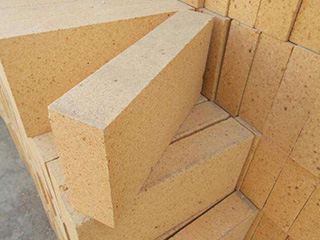Clay bricks have been used as a building material for thousands of years, and they continue to be a popular choice for construction projects today. In this article, we will take a closer look at how clay bricks are manufactured, from the extraction of raw materials to the final firing process.
Raw materials extraction
The first step in the manufacturing process of clay bricks is the extraction of raw materials. The main ingredients used in making clay bricks are clay and shale, which are mined from natural deposits. Once the clay and shale have been extracted, they are transported to the manufacturing plant.
Preparation of raw materials
The raw materials are then crushed and ground to a fine powder using a variety of equipment, including crushers, mixers, and mills. This process is known as pulverization, and it helps to ensure that the clay and shale are uniform in composition and particle size.
Mixing
The pulverized clay and shale are then mixed together with water to form a plastic, workable clay mixture. This process is called tempering, and it involves adding just the right amount of water to the clay mixture to achieve the desired consistency.

Molding
Once the clay mixture has been tempered, it is ready for molding. There are several different molding methods used in the manufacture of clay bricks, including hand molding, machine molding, and extrusion molding.
Hand molding involves the use of a wooden mold that is filled with the clay mixture and then turned over to release the formed brick. Machine molding uses mechanical presses to form the clay mixture into bricks, while extrusion molding involves the use of a machine that extrudes the clay mixture through a die to form long, continuous bricks.
Drying
After the bricks have been molded, they are left to dry in the sun or a special drying chamber. The drying process can take several days, and it is important to ensure that the bricks are completely dry before they are fired.
Firing
The final step in the manufacturing process of clay bricks is firing. This involves heating the bricks in a kiln at extremely high temperatures, which causes a chemical reaction to take place that permanently hardens the bricks. The firing process can take several days, and it is essential to control the temperature and atmosphere within the kiln to ensure that the bricks are fired evenly and to the desired strength.
During the firing process, the clay bricks undergo a series of changes. The first change occurs at around 212°F (100°C), when the water in the clay mixture begins to evaporate. The second change occurs at around 572°F (300°C), when the clay particles begin to fuse together. The final change occurs at around 2012°F (1100°C), when the clay bricks become fully vitrified, or hardened.
Conclusion:
The manufacturing process of clay bricks involves several steps, including the extraction and preparation of raw materials, mixing, molding, drying, and firing. Each step in the process is crucial to ensuring that the final product is of high quality and meets the required strength and durability standards. By understanding the manufacturing process of clay bricks, architects, builders, and other professionals in the construction industry can make informed decisions about the use of this versatile and durable building material.
Contact: Mgr. Han
Phone: 0086-13589497465
Email: 1255953279@qq.com
Add: Industrial Area of Lingzi Town,Zichuan District,Zibo City, Shandong,China